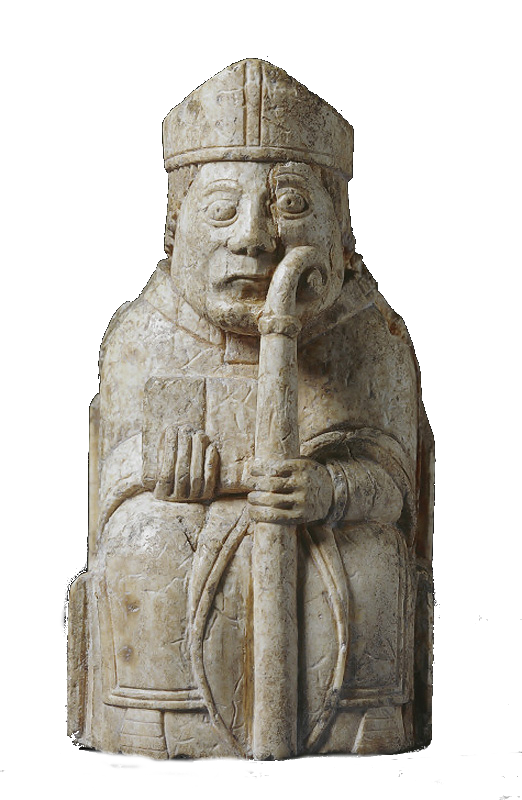Archaeology
Welcome to c/Archaeology @ Mander.xyz!
Shovelbums welcome. 🗿

Notice Board
This is a work in progress, please don't mind the mess.
- 2023-06-15: We are collecting resources for the sidebar!
- 2023-06-13: We are looking for mods. Send a dm to @[email protected] if interested!
About
Archaeology or archeology[a] is the study of human activity through the recovery and analysis of material culture. The archaeological record consists of artifacts, architecture, biofacts or ecofacts, sites, and cultural landscapes.
Archaeology has various goals, which range from understanding culture history to reconstructing past lifeways to documenting and explaining changes in human societies through time.
The discipline involves surveying, excavation, and eventually analysis of data collected, to learn more about the past. In broad scope, archaeology relies on cross-disciplinary research. Read more...
Rules
- Don't throw mud. Be kind and remember the human.
- Keep it rooted (on topic).
- No spam.
- No pseudoscience/pseudoarchaeology.

Links
Archaeology 101:
Get Involved:
University and Field Work:
- Archaeological Fieldwork Opportunities Bulletin
- University Archaeology (UK)
- Black Trowel Collective Microgrants for Students
Jobs and Career:
Professional Organisations:
- Chartered Institute for Archaeologists (UK)
- BAJR (UK)
- Association for Environmental Archaeology
- Archaeology Scotland
- Historic England
FOSS Tools:
- Diamond Open Access in Archaeology
- Tools for Quantitative Archaeology – in R
- Open Archaeo: A list of open source archaeological tools and software.
- The Open Digital Archaeology Textbook
Datasets:
Fun:
Other Resources:

Similar Communities
Sister Communities
Science and Research
Biology and Life Sciences
Plants & Gardening
Physical Sciences
Humanities and Social Sciences
Memes
Find us on Reddit

view the rest of the comments
This is the best summary I could come up with:
The resulting fractures and wear enabled them to develop new criteria for identifying the likely functions of ancient tools, according to a recent paper published in the Journal of Archaeological Science.
If these kinds of traces were indeed found on genuine Stone Age tools, it would be evidence that humans had been working with wood and honing techniques significantly earlier than previously believed.
Later artifacts dating back to Mesolithic and Neolithic time periods were more sophisticated, as people learned how to use polished stone tools to make canoes, bows, wells, and to build houses.
They used a stone hammer and anvil to create various long oval shapes and polished the edges with either a coarse-grained sandstone or a medium-grained tuff.
For instance, the authors used axe-type tools to fell Japanese cedar and maple trees in north central Honshu, as well as a forest near Tokyo Metropolitan University.
Cutting away at antlers and bones caused a lot of damage to the edges of adze-like tools, creating long and/or wide bending fractures.
The original article contains 709 words, the summary contains 170 words. Saved 76%. I'm a bot and I'm open source!